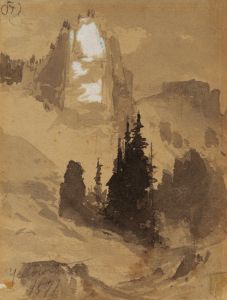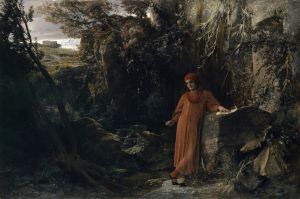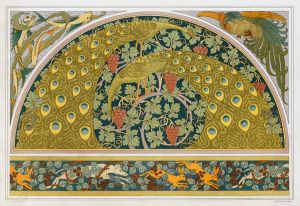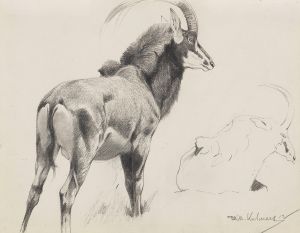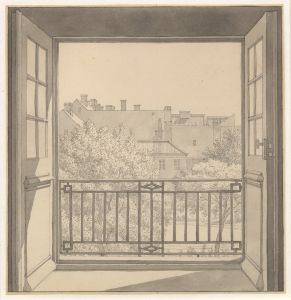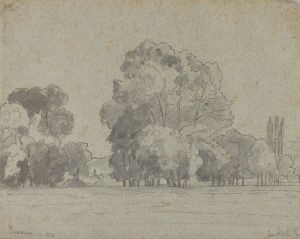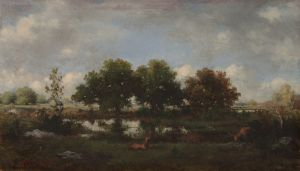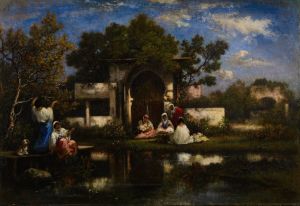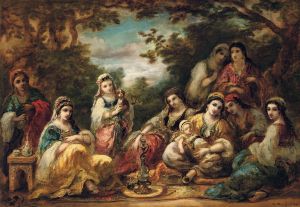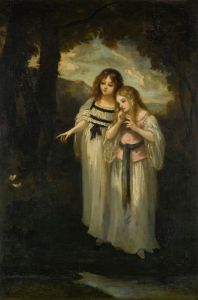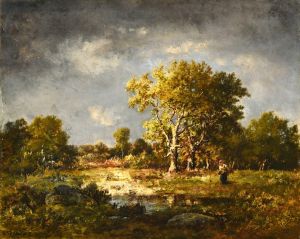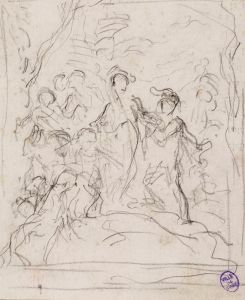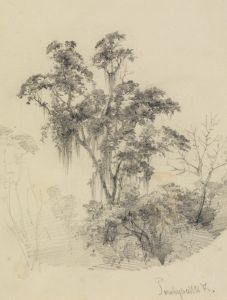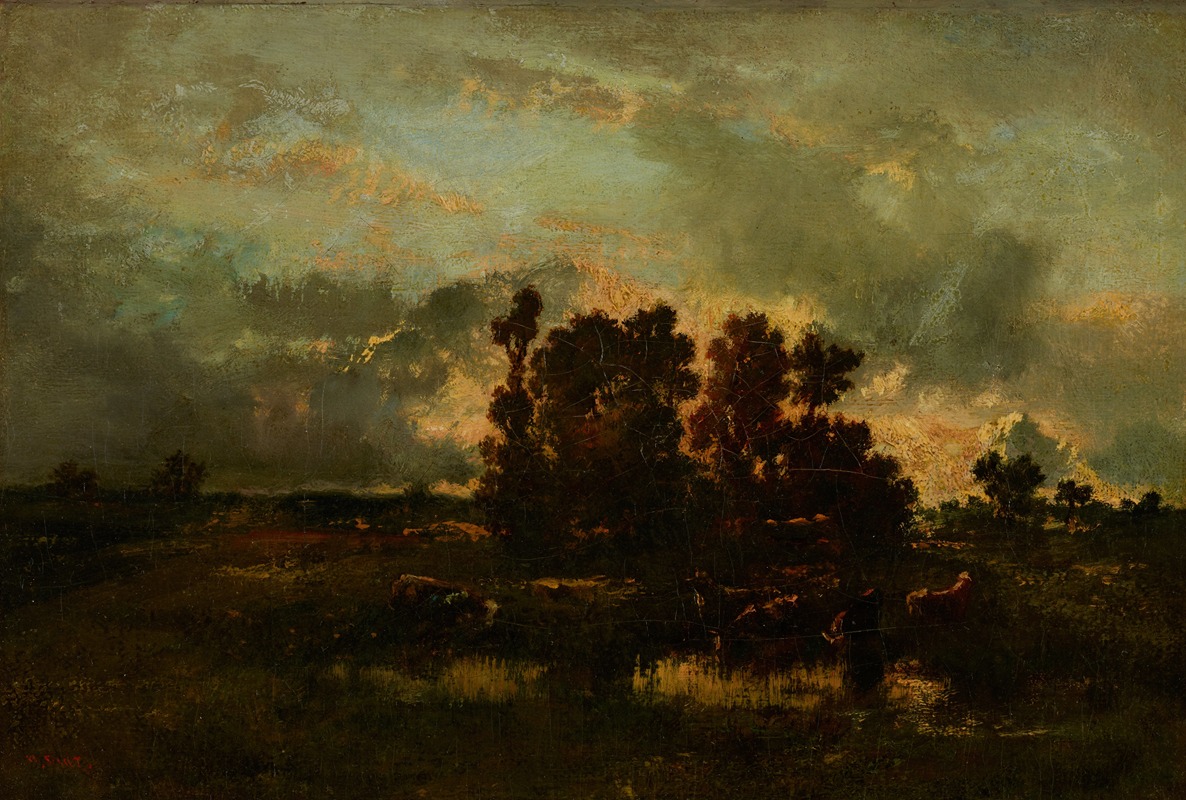
Wet Pasture
A hand-painted replica of Narcisse-Virgile Diaz de La Peña’s masterpiece Wet Pasture, meticulously crafted by professional artists to capture the true essence of the original. Each piece is created with museum-quality canvas and rare mineral pigments, carefully painted by experienced artists with delicate brushstrokes and rich, layered colors to perfectly recreate the texture of the original artwork. Unlike machine-printed reproductions, this hand-painted version brings the painting to life, infused with the artist’s emotions and skill in every stroke. Whether for personal collection or home decoration, it instantly elevates the artistic atmosphere of any space.
Narcisse-Virgile Diaz de la Peña (1807–1876) was a French painter associated with the Barbizon School, a group of artists who worked primarily in the forest of Fontainebleau and were known for their focus on natural landscapes and scenes of rural life. Diaz de la Peña is particularly recognized for his richly colored and atmospheric depictions of forest interiors, pastoral scenes, and figures in nature.
"Wet Pasture" is one of Diaz de la Peña's works that exemplifies his skill in capturing the mood and texture of natural landscapes. The painting depicts a serene rural scene, likely inspired by the countryside near Fontainebleau, where the artist often worked. The composition features a wet, grassy pasture, with the ground glistening as though recently soaked by rain. Diaz de la Peña's use of light and shadow creates a sense of depth and atmosphere, while his characteristic brushwork lends a vibrant, almost tactile quality to the vegetation and terrain.
As with many of his works, "Wet Pasture" reflects Diaz de la Peña's interest in the interplay between light and nature. The painting demonstrates his ability to convey the transient effects of weather and time of day, which were central themes for many Barbizon painters. The subdued yet luminous palette used in the work is typical of Diaz de la Peña's style, emphasizing the natural beauty of the scene without resorting to dramatic contrasts or artificial embellishments.
Diaz de la Peña's contributions to the Barbizon School were significant, and his works, including "Wet Pasture," helped pave the way for later developments in landscape painting, including Impressionism. His approach to painting nature directly and with an emphasis on mood and atmosphere influenced younger artists who sought to move away from the formalism of academic art.
The exact date of creation for "Wet Pasture" is not definitively documented, but it is consistent with the themes and techniques Diaz de la Peña explored during the height of his career in the mid-19th century. Today, the painting is appreciated for its evocative depiction of the natural world and its place within the broader context of 19th-century French landscape painting.
Further details about the painting's current location or provenance are not readily available.





